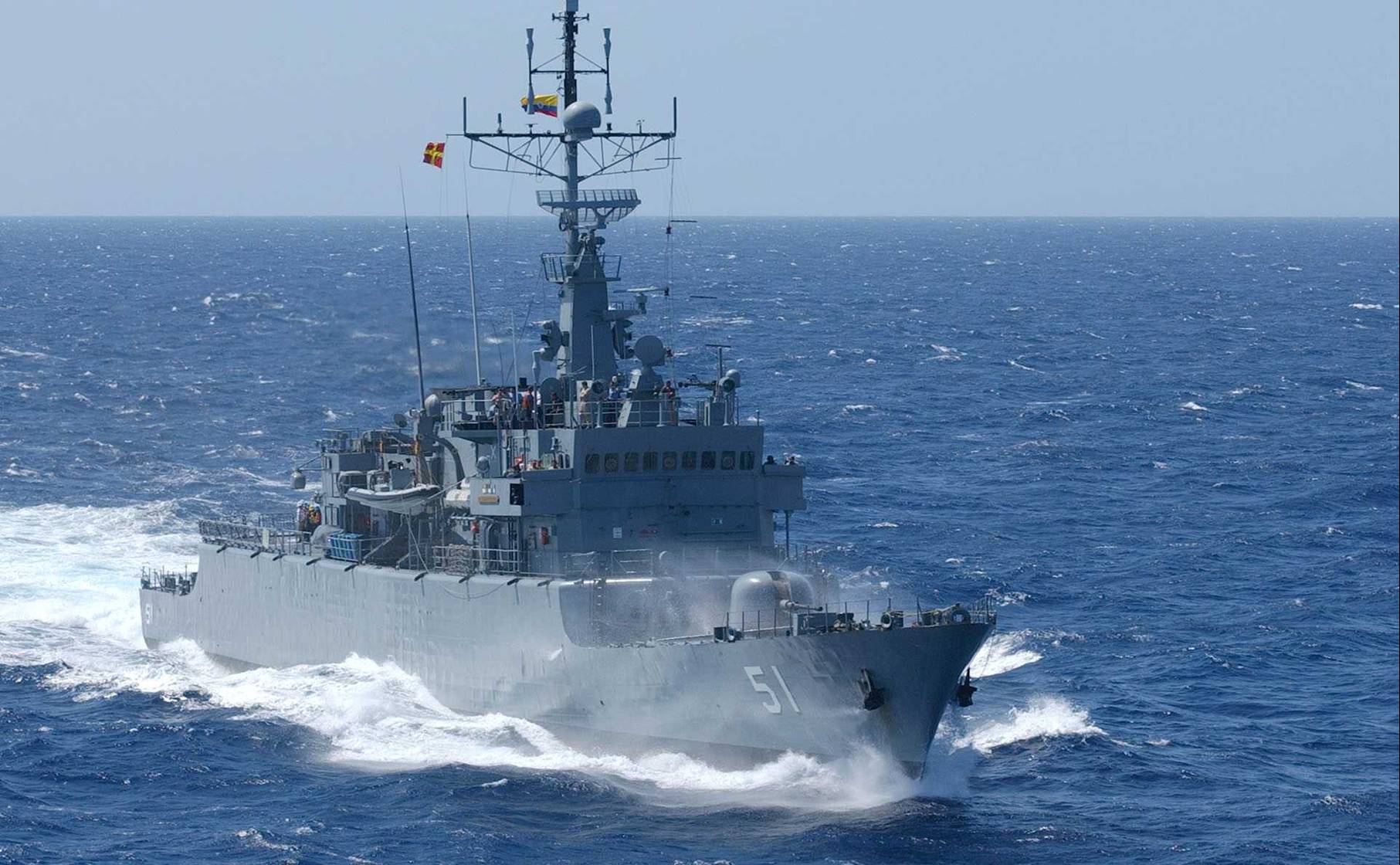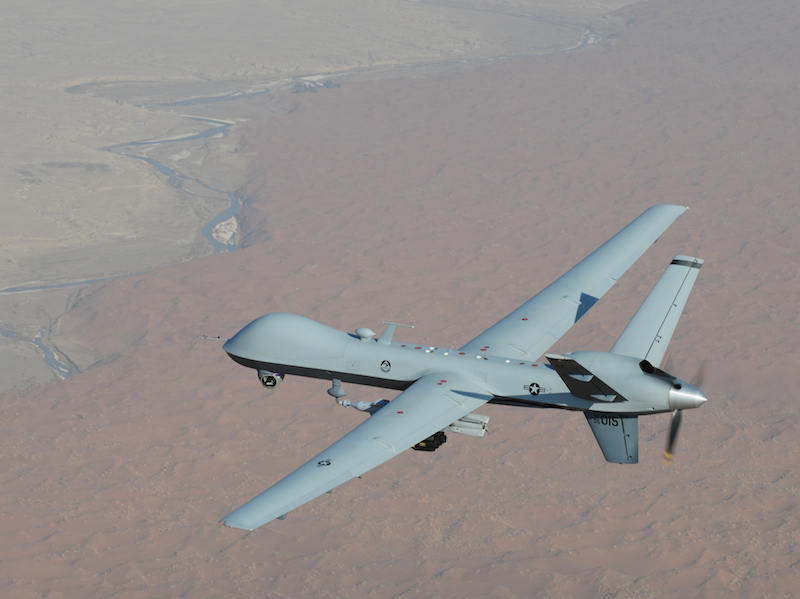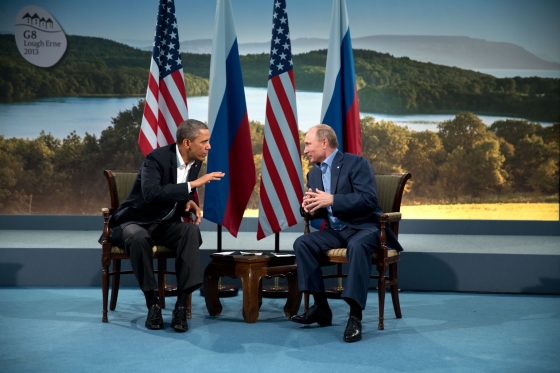Throughout much of the reporting and analysis on maritime affairs along the Pacific Rim, significant focus is placed on the interaction between the United States, China, and other Asian countries. However, there are also interesting developments in the western Pacific, particularly among coastal Central and South American countries. There are numerous territorial disputes in this region. Some are maritime in nature, such as the dispute between Costa Rica and Nicaragua over Calero Island; others are over the demarcation of land borders, such as the conflicting claims of the Chilean and Argentine governments over the Southern Patagonian Ice Field. Given these underlying tensions, it is worthwhile examining the naval capabilities of South and Central American countries.

In this region, the Chilean Navy is arguably the leading force. In 2004-2005, Chile acquired two Scorpene-class diesel-electric submarines. With a displacement of 2,000 tons, this Spanish-French design has become popular among emerging naval powers like India and Brazil. These join a fleet of two upgraded Type-209 submarines (1,800 tons each) obtained from Germany, eight frigates of various designs and built at British and Dutch shipyards, three Israeli designed fast attack craft (400 tons each), three domestically produced amphibious warfare vessels, and eight patrol craft to defend the Chilean mainland. For its part, the Chilean Marine Corps is comprised of 5,000 well-trained and well-equipped personnel, capable of launching amphibious warfare operations anywhere in the region.
Argentina, which once boasted an impressive force, has suffered a steep decline since the Falklands War in 1982. Although the Argentine Navy still boasts three German-produced diesel-electric submarines – two Santa Cruz-class (2,250 tons) and one Salta-class (1,250 tons) – these vessels were produced in the 1970s and 1980s, spending a total of 19 hours submerged in 2012 against a minimum requirement of 190 days per year. As such, it is difficult to say how seaworthy Argentina’s submarines truly are today. Although Argentina’s four Almirante Brown-class vessels are categorized as destroyers by the Argentine Navy, their capabilities more closely approximate the frigate classes deployed by Chile, but it has been noted that the crews lack training and much of the ordnance has expired. To round out this aging force, Argentina also possesses nine corvettes of various classes. It must also be noted that, while some of the Argentine Navy is deployed close to the Pacific Rim, the force is also spread thin along Argentina’s Atlantic coast.

The Peruvian Navy, in contrast, is a force to be reckoned with. With six Type-209 diesel-electric submarines, Peru’s submarine fleet is the largest of the Latin American countries on the Pacific Rim. BAP Almirante Grau, the flagship of Peru’s surface fleet, previously served in the Royal Netherlands Navy as a De Zeven Provincien-class guided missile cruiser (12,150 tons). Though massive in comparison to anything fielded by other regional navies, the vessel was acquired by Peru in 1973 and originally entered service in the Netherlands in 1953. Not quite as aged, the Peruvian Navy also employs seven Lupo-class frigates (2,500 tons), and six corvettes (560 tons). The remainder of the force, which includes four landing craft and six river gunboats, is intended to defend Peru’s Amazonian waterways rather than its Pacific coast.
The Ecuadorian Navy maintains a respectable force as well. Its lone Type-209 diesel-electric submarine is accompanied by two Cornell-class guided missile frigates (2,500 tons), six Italian-designed Tipo 550-class guided missile corvettes (250 tons), and three fast attack craft. The Colombian Navy is currently undergoing a modernization program, with a view to adding one Donghae-class frigate built in South Korea to its existing fleet of four Almirante Padilla-class frigates (2,100 tons) built in Germany during the 1980s and two Type-209 diesel-electric submarines. Colombia is also currently acquiring three Fassmer-80 off-shore patrol vessels to enhance its defences in the Pacific.
Meanwhile, the maritime capabilities of Guatemala and Nicaragua remain underwhelming in relation to their neighbours. The Guatemalan Navy consists of ten patrol boats of various designs, none of which can project power beyond Guatemala’s coastal waters. Nicaragua maintains a force of eight patrol boats, all of which were obtained from the Soviet Union or North Korea and are in a reportedly poor state of repair.
As NATO seeks to build closer relationships with emerging powers in the Global South, it would be worthwhile to conduct joint maritime activities with Peru and Chile in particular. Though Ecuador also has promising naval assets as previously noted, the regime there has demonstrated an unfriendly attitude toward NATO in recent years. In 2013, as Colombian officials discussed a defence partnership with NATO, Ecuador’s Defence Minister Maria Fernanda Espinosa condemned Colombia’s efforts and discouraged other Latin American neighbours from entertaining any kind of relationship with NATO.




